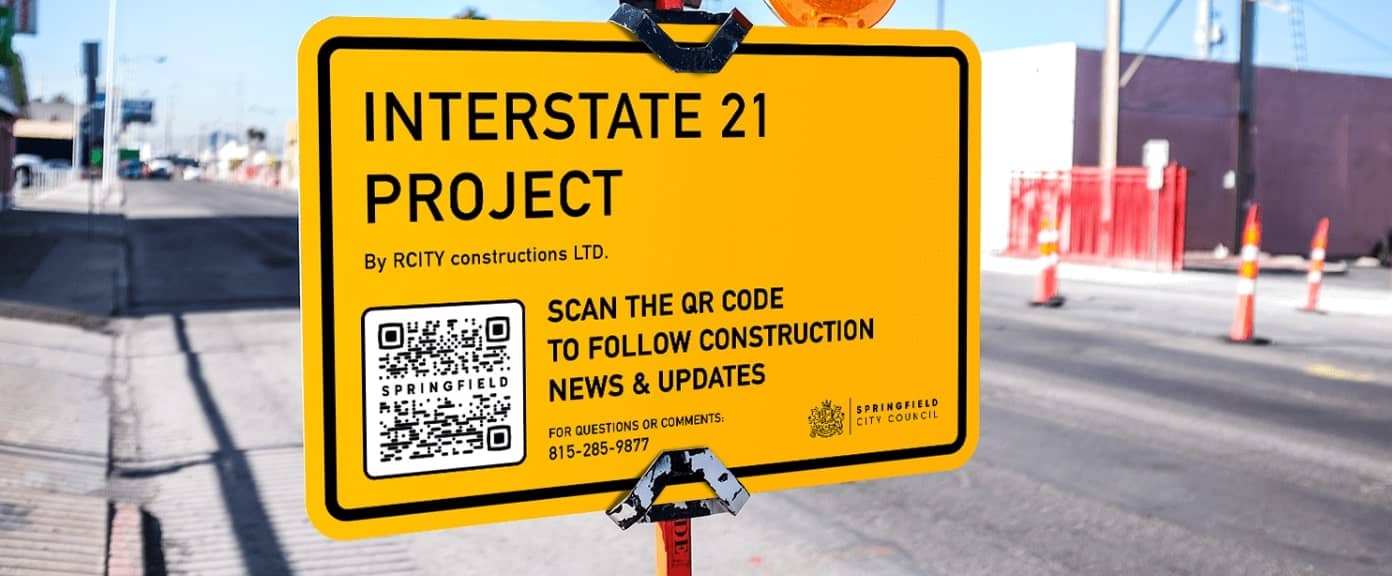In a tech-forward move to streamline rural road upkeep, the Union Ministry of Rural Development (MoRD) has introduced a QR code-enabled feedback system under the Pradhan Mantri Gram Sadak Yojana (PMGSY). This initiative integrates QR codes into maintenance boards on roads built under the scheme, enabling citizens to participate directly in monitoring road conditions.
What is Pradhan Mantri Gram Sadak Yojana (PMGSY)?
Launched on December 25, 2000, the Prime Minister Gram Sadak Yojana aims to boost rural connectivity by constructing all-weather roads. The programme has evolved through several phases:
- Phase I (2000): Focused on providing basic road access to previously unconnected rural habitations.
- Phase II (2013): Emphasized upgrading existing rural roads.
- Phase III (2019): Extended connectivity and strengthened road networks.
- Phase IV (2024): Approved to connect 25,000 additional rural habitations by 2029.
Infrastructure Goals and Budget
The current phase targets 62,500 km of rural roads, with a total investment of ₹70,125 crore spread across five years (2024–25 to 2028–29). Since 2015–16, the funding model has been adjusted to a 60:40 split between the central and state governments.
Road Maintenance Framework
Following construction, contractors are obligated to maintain roads for five years. Oversight is managed through the e-MARG (Electronic Maintenance of Rural Roads under PMGSY) system, which ensures regular inspections and performance tracking. The National Rural Infrastructure Development Agency (NRIDA) supervises these operations.
How QR Codes Work
Each road will now feature a unique QR code displayed on its maintenance information board. When scanned, the code provides real-time details about the road and offers a channel for users to submit feedback or report issues. This input is directly funneled into the e-MARG platform for further action.
Tech-Driven Monitoring
The initiative leverages Artificial Intelligence (AI) and Machine Learning (ML) to assess images submitted by users. These tools will help classify road conditions, flag urgent repairs, and evaluate contractor performance more objectively.
Encouraging Citizen Engagement
By placing road maintenance in the public’s hands, the system fosters transparency and responsiveness. Initial pilot tests have yielded encouraging results, suggesting that wider implementation could significantly improve the accountability and longevity of rural infrastructure.



